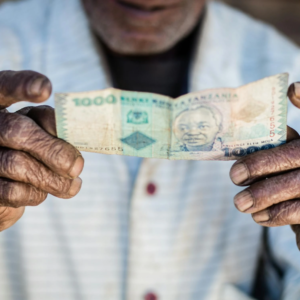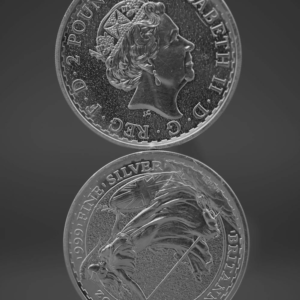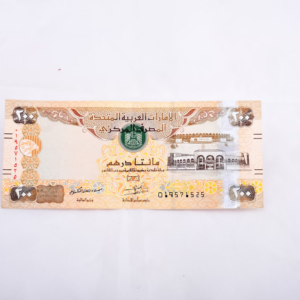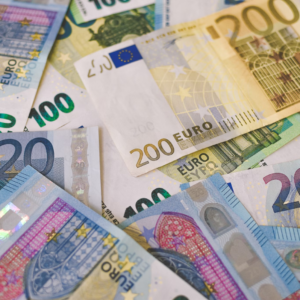Understanding the Dollar to Peso Exchange Rate
Dollar to peso today- The dollar to peso exchange rate is a crucial factor for anyone dealing with international transactions, investments, or travel between the United States and the Philippines. It determines how much Philippine peso you can get for one U.S. dollar and vice versa. In this comprehensive guide, we’ll explore the factors that influence the exchange rate, how to track its fluctuations, and how it affects your finances.
Key Factors Affecting the Dollar to Peso Exchange Rate
Several factors can influence the dollar to peso exchange rate, including:
Economic Indicators: The economic health of both the United States and the Philippines plays a significant role. Factors such as GDP growth, inflation rates, interest rates, and trade balances can impact the value of each currency. For example, if the Philippine economy is experiencing strong growth and low inflation, investors may be more likely to invest in the peso, which can increase its value relative to the dollar.
Political Stability: Political instability in either country can lead to uncertainty and fluctuations in the exchange rate. For instance, if there is political unrest in the Philippines, investors may be concerned about the stability of the peso and may sell it in favor of other currencies.
Interest Rate Differentials: If the interest rates in the United States are higher than those in the Philippines, investors may be more likely to invest in U.S. dollars, which can increase demand for the dollar and drive up its value relative to the peso. Conversely, if interest rates in the Philippines are higher, investors may be more attracted to the peso, which can increase its value.
Trade Flows: The volume of trade between the United States and the Philippines can also affect the exchange rate. If the Philippines imports more goods from the United States than it exports, there will be a demand for U.S. dollars to pay for these imports, which can increase the value of the dollar. However, if the Philippines exports more goods to the United States than it imports, there will be a demand for pesos to pay for these exports, which can increase the value of the peso.
Market Speculation: Speculation in the foreign exchange market can also influence the dollar to peso exchange rate. For example, if traders believe that the Philippine peso is undervalued, they may buy it in anticipation of a future increase in its value.
How to Track the Dollar to Peso Exchange Rate
There are several ways to track the dollar to peso exchange rate:
Online Currency Converters: Websites and apps offer real-time currency conversion tools that allow you to input a specific amount of dollars or pesos and see the equivalent value in the other currency.
Financial News Websites: Financial news websites often provide currency exchange rate information, along with analysis and commentary on the factors influencing the rate.
Mobile Banking Apps: Many banks offer mobile banking apps that include currency conversion tools and allow you to track exchange rates.
The Impact of Exchange Rate Fluctuations on Your Finances
Exchange rate fluctuations can have a significant impact on your finances, especially if you are dealing with international transactions or investments. For example:
Travel: If you are traveling to the Philippines, a strong dollar relative to the peso means you can get more pesos for your dollars, making your trip more affordable. However, if the peso is strong relative to the dollar, your trip will be more expensive.
Investments: If you are investing in Philippine stocks or bonds, a weak peso can increase the value of your investments in dollar terms. However, if the peso is strong, your investments may lose value in dollar terms.
Exports and Imports: For businesses that import or export goods, exchange rate fluctuations can affect their profitability. If the peso is weak, exports become more competitive, while imports become more expensive.
Strategies for Managing Exchange Rate Risk
If you are concerned about exchange rate fluctuations, there are several strategies you can use to manage the risk:
Hedge Your Exposure: You can hedge your exposure to exchange rate risk by using derivatives such as futures or options contracts. For example, if you are a U.S. business that imports goods from the Philippines, you can purchase a put option on the peso to protect yourself against a potential decline in its value.
Diversify Your Investments: Diversifying your investments across different currencies can help reduce your exposure to exchange rate risk. For example, if you have a significant portion of your investments in Philippine assets, you may want to diversify by investing in assets denominated in other currencies.
Time Your Transactions: If you have the flexibility to time your transactions, you may be able to take advantage of favorable exchange rates. For example, if you expect the peso to appreciate in the future, you may want to delay your purchases of Philippine goods or services.
Conclusion
The dollar to peso exchange rate is a complex and dynamic factor that can significantly impact your finances. By understanding the factors that influence the exchange rate and tracking its fluctuations, you can make informed decisions and manage your risk effectively.
FAQs
Understanding the Dollar to Peso Exchange Rate
Q: What is the dollar to peso exchange rate today?
A: The dollar to peso exchange rate fluctuates daily based on various economic factors. To get the most accurate and up-to-date rate, we recommend using a reliable online currency converter or checking with your local bank.
Q: What factors affect the dollar to peso exchange rate?
A: Several factors can influence the exchange rate, including:
Economic conditions in both the United States and the Philippines
Interest rate differentials between the two countries
Global market trends
Political events and geopolitical tensions
Converting Dollars to Pesos
Q: How can I convert dollars to pesos?
A: You can convert dollars to pesos through:
Banks: Visit a local bank and exchange your dollars for pesos.
Currency exchange services: These services can be found at airports, hotels, and tourist destinations.
Online currency exchange platforms: Many websites allow you to exchange currency online.
Q: What fees are associated with converting dollars to pesos?
A: Fees may vary depending on the method you choose. Banks and currency exchange services typically charge a commission fee. Online platforms may have transaction fees or exchange rate markups.
Traveling to the Philippines with US Dollars
Q: Can I use US dollars in the Philippines?
A: While many businesses in tourist areas accept US dollars, it’s generally more convenient to carry pesos. You can exchange your dollars at banks, currency exchange services, or ATMs.
Q: Is it better to exchange dollars before or after arriving in the Philippines?
A: It’s often recommended to exchange a portion of your dollars before arriving to avoid unfavorable exchange rates at the airport or tourist destinations. However, you can exchange the rest of your dollars as needed during your trip.
Investing in the Philippines
Q: Is it a good time to invest in the Philippines?
A: The decision to invest in the Philippines depends on various factors, including your investment goals, risk tolerance, and market conditions. It’s advisable to consult with a financial advisor for personalized advice.
Q: How can I invest in the Philippines using US dollars?
A: You can invest in the Philippines using US dollars by:
Opening a Philippine bank account: Transfer your funds to the account and invest in local stocks, bonds, or real estate.
Investing through a foreign exchange broker: These brokers can facilitate investments in Philippine securities.
Additional Tips
Q: How can I stay informed about the dollar to peso exchange rate?
A: Subscribe to financial news outlets, follow economic analysts on social media, or use currency converter apps to stay updated on exchange rate fluctuations.
Q: Is it advisable to carry large amounts of cash while traveling to the Philippines?
A: It’s generally safer to avoid carrying excessive amounts of cash. Use ATMs or credit cards for your transactions whenever possible.
By understanding the factors influencing the dollar to peso exchange rate and following these tips, you can make informed decisions when traveling to the Philippines or investing in the country.
To read more; click here




